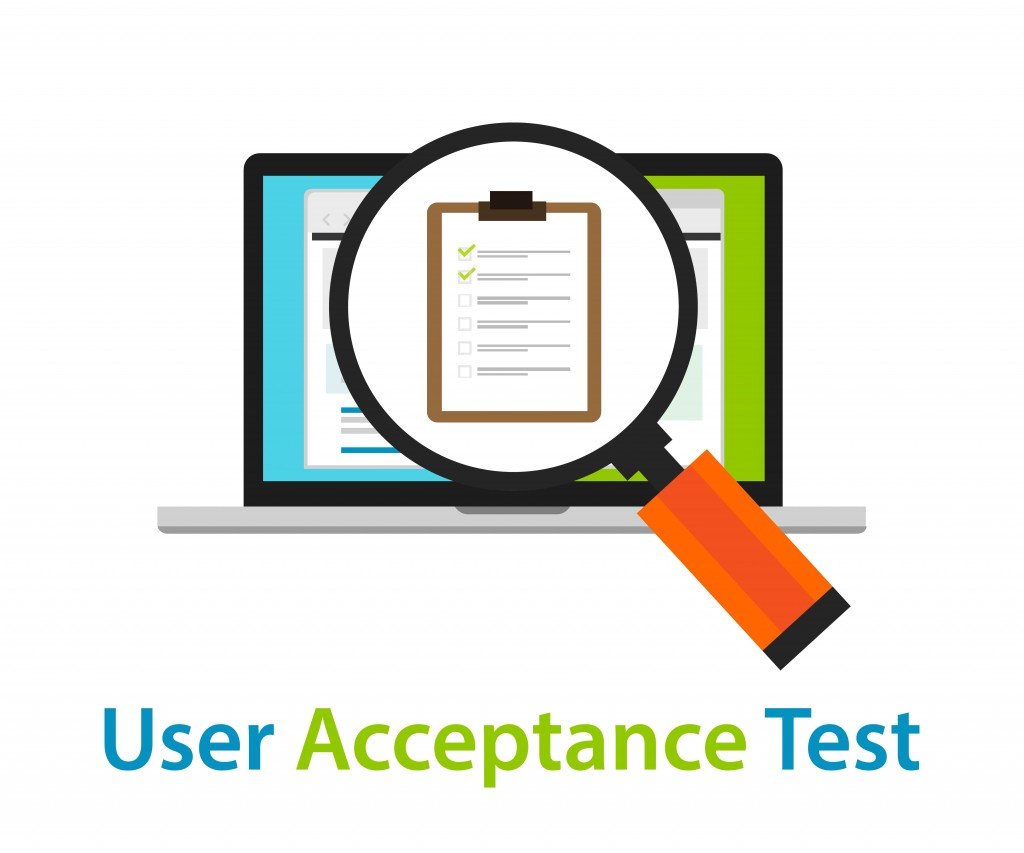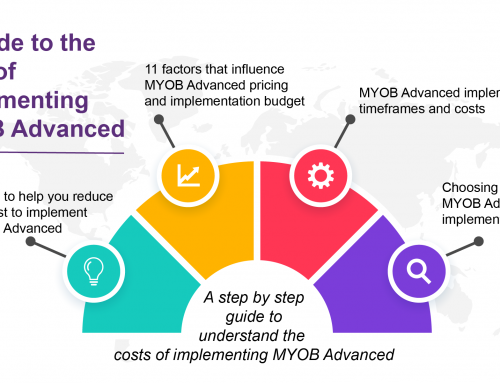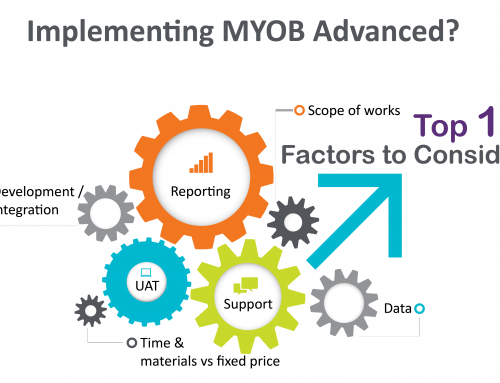User acceptance testing reduces risk during ERP implementation
This post explains why well-planned user acceptance testing contributes to the success of your ERP implementation project.
Choose and implement an Enterprise Resource Planning solution wisely and you can automate repetitive tasks, reduce silos and stop-start workflows, and empower your team to reach new heights.
To truly transform (as opposed to simply digitising existing processes) you need to set up your system to allow for new ways of working and better performance. That will inevitably affect your team: how they complete tasks and collaborate with each other.
Implementing ERP solutions is about achieving business benefits and getting a rapid return on investment. In today’s world of cloud computing, we have all embraced the concept of agile projects which cost less and deliver quicker results.
Even if we embrace a cloud first, agile methodology we still need to make sure that our ERP solution is implemented in such a way that we minimise the risks of budget and time overruns and that we ensure the correct functionality is delivered to users. An important facet of configuring your ERP solution is ensuring employees can actually use and benefit from the powerful application you’re introducing. That requires user acceptance testing.
What is User Acceptance Testing (UAT)?
User Acceptance Testing (UAT) is a vital step in any software implementation project. The testing phase helps validate your configured solution against your business requirements by getting the people who’ll use it daily to ‘try out’ the system.
Employees trial the system and comment on its usability and functionality: this helps your company to determine whether the solution can be more broadly “accepted”, whether changes are required to the configuration and whether or not the solution is ready for go live. This is one of the final stages of implementation before the implementation project is deemed ready for go live
User acceptance testing is a valuable way to:
- Collect honest feedback from employees and other stakeholders that will use the system
- Identify problems with ease-of-use or relevance of features that technical testing can’t capture
- Pinpoint any areas with a need for further configuration
- Realistically assess how ready the solution is to be adopted day-to-day
- Assess additional user training requirements
- Stress test the solution under “day to day” working conditions
How does UAT reduce your project risk?
There are many reasons that ERP implementation projects go wrong and cause delays, budget overruns, or fail to deliver the business benefits you want. Lack of direction, poor alignment of scope, timing and budget, and insufficient involvement of key people from within your business are all factors.
Ideally, your team will be actively engaged in the design of the system and guide how it’s customised to match specific processes, reporting needs and cross-functional workflows. As the system approaches the point of being ready to deploy, allowing time for your team to explore and test how well the system meets objectives ensures all the preceding effort wasn’t in vain.
If your system doesn’t gel with users’ practical needs and capabilities they may avoid using it, use it incorrectly, or not take full advantage of the available functionality.
Testing is part of the overarching change journey. Often UAT overlaps with change management efforts because it’s about ensuring that your team will be able to make the transition to using the new system with minimal disruption or business interruption.
Best practice UAT from Leverage Technologies
As part of our comprehensive project management methodology, Leverage Technologies helps coordinate user acceptance testing in collaboration with your internal project manager and broader team.
We consult and assist with UAT so that customers can create a tailored testing methodology based on their specific business goals, functionality and team structures.
While each ERP implementation is different, there are some best practice approaches to UAT plans. This includes:
- Involving a diverse range of real users in their usual work environment
- Using relevant data and realistic workflows to ensure tests’ validity
- Developing a clear list of criteria and scenarios for users to test
- Applying consistent methods to record and communicate issues and changes
- Following up on users to ensure that they actively test and measure outcomes.
User Acceptance Testing – Practical Advice
Making sure UAT is correctly planned, executed and measured takes a structured approach:
- Identify users – identify key users that will be involved in UAT. Ensure a range of users across different areas of the business so that testing reflects an accurate sample of requirements.
- Provide training – ensure that users are trained on user acceptance testing procedures, product usage, timelines, desired outcomes and a step by step guide to using the new system.
- Consider timing – one of the major risks associated with UAT is that users are too busy to conduct UAT. Make sure that timelines are realistic and try and plan UAT when users are not overloaded with other, day to day operational tasks.
- Plan resourcing carefully – testing takes time – map out your UAT test plans accordingly.
- Use test scripts – offer your users pre-defined test scripts so that all relevant scenarios are tested, outcomes are documented and relevant feedback is provided.
- Monitor user input – ensure that users login to the new system and test their scenarios. One of the risks during the UAT phase of implementation is that users don’t set time aside to run their test plans.
- Provide structure – plan, co-ordinate, train and assist your users to perform UAT.
- Communicate – keep the communication open and ensure that all parties are kept up to date – your implementation partner, project managers, users and managers.
- Make changes – as testing plans are executed and feedback is delivered make sure that you evaluate and implement the required changes.
Avoid poor user acceptance testing
Well-planned user acceptance testing is a necessity for any successful ERP implementation project.
To be clear, UAT is not the last opportunity to refine or improve the configuration of your system. In fact, we encourage ongoing post-go-live optimisation for best results and a positive return on investment. However, the first few weeks and months after you go-live are critical for embedding new systems, processes and attitudes within your business.
Effective testing flags issues with usability and functionality in advance, thereby reducing the risk for your business.
Leverage Technologies are highly experienced in all facets of ERP project management — get in touch to discuss your project.








Leave A Comment